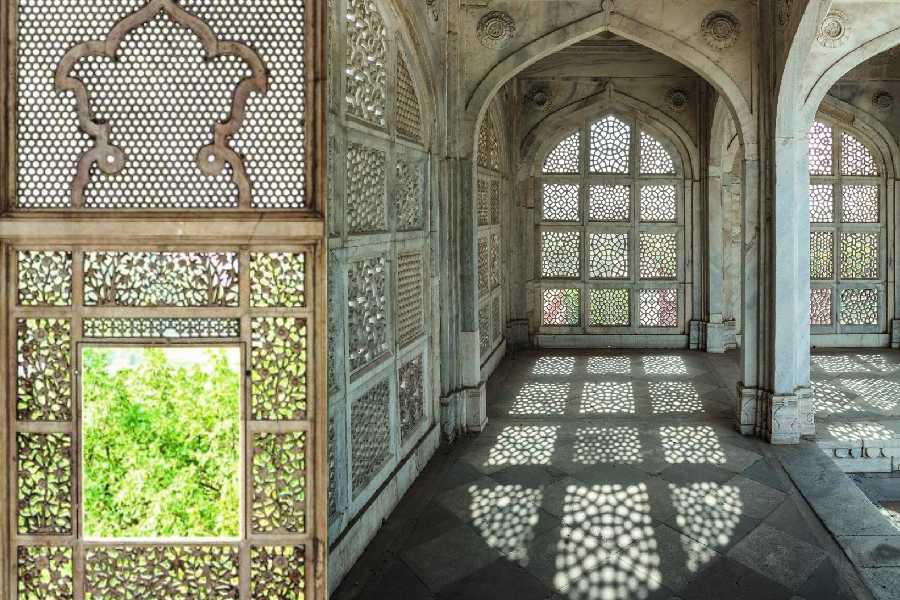Book: Jali: Lattice of Divine Light in Mughal Architecture
Author: Navina Najat Haidar
Published by: Mapin
Price: Rs 2,950
Let there be dappled light: the ingenious creator of the first jali — intricately carved latticed or pierced screens — must have thought to himself. While little to nothing is known about the artisans who wrote poetry in stone with their chisels, their works continue to inspire awe around the world. JALI: LATTICE OF DIVINE LIGHT IN MUGHAL ARCHITECTURE (Mapin, Rs 2,950) by Navina Najat Haidar meticulously curates and examines over 200 jalis and traces the various design formats of this motif — religion, geography, aesthetics and even mathematics come together to form these immaculate patterns — according to origin and influences. What emerges is a network of Indo-Islamic art that is as exquisitely beautiful as it is syncretic. With nearly 250 illustrative photographs, the volume does justice to its subject.
The book is especially significant because of the importance of jalis in the Anthropocene Age. These architectural wonders can be instrumental in cooling down buildings without using electricity and are now seeing a resurgence around the globe. Haidar sheds dappled light on how the aesthetic and the ecological used to be synonymous in architecture.










